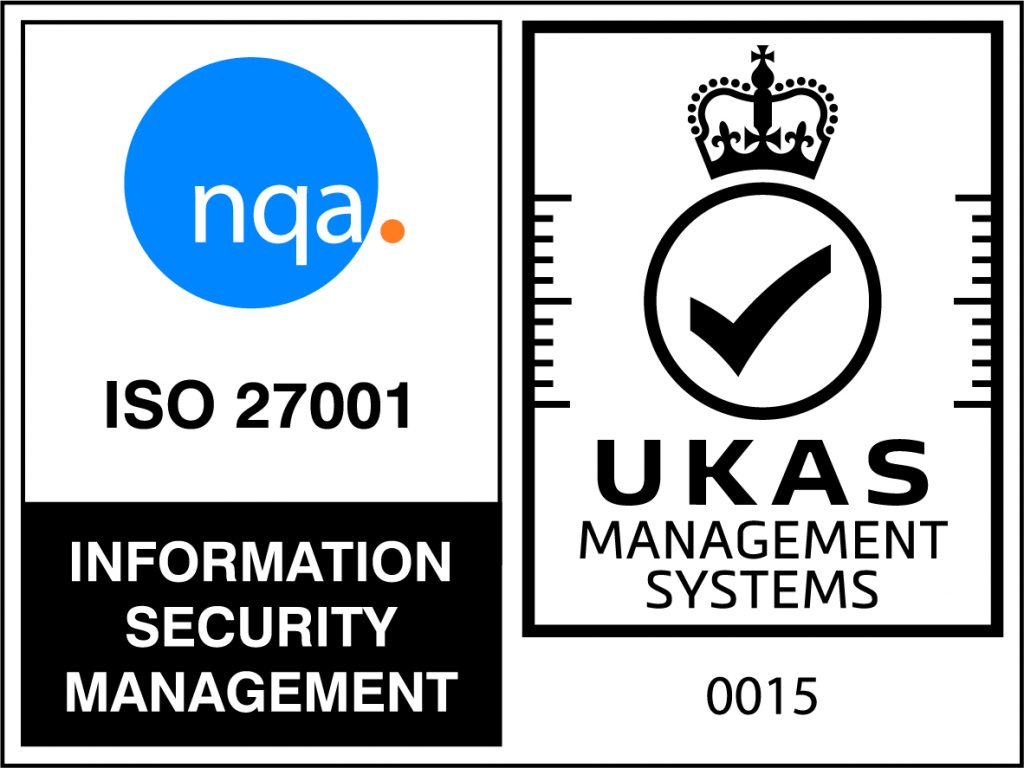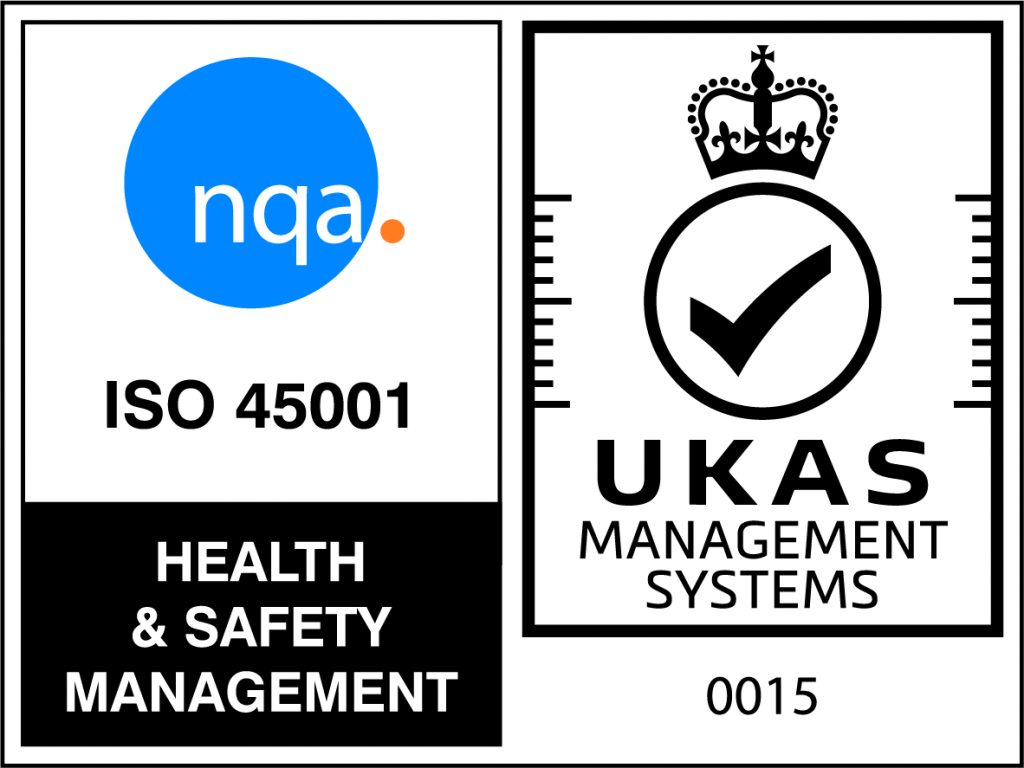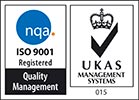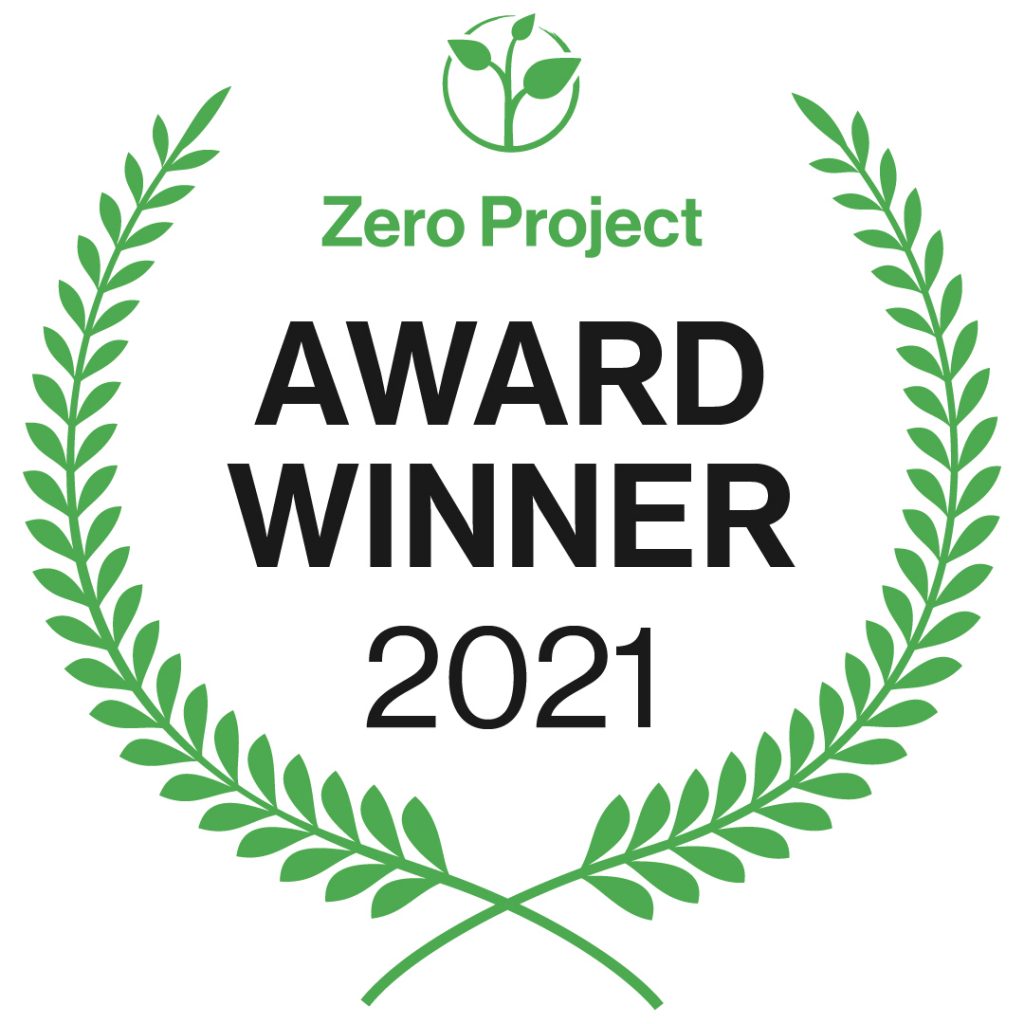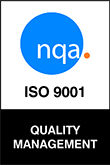Evolving Awareness and improving experiences in face to face customer service – The experience that led former Mobility Instructor, Gavin Neate to innovate.
Entering the shop alongside my visually impaired client, we walk up to the counter. I’m incredulous when, even though my client is closer to the service desk, the person at the counter forces eye contact with me, and says,
“Hello, how can I help you today?”
I furrow my brow look back at them, gesture towards my client, and say,
“It’s not me that’s buying anything, it’s him!”
The staff member looks startled. At the realisation that they have made an obvious mistake, their face reddens as they turn to my friend and hurriedly exclaim,
“Oh, I’m sorry, how can I help YOU?”, as if stressing the “you” was enough, for my client to know they were speaking to them.
The entire interaction had been forced and uncomfortable. For the next couple of hours, my client and I discussed how poor awareness of disability and understanding of visual impairment is the norm rather than the exception, and why common sense appears to be on the decline.
When this incident happened, I had been a Guide Dog Mobility Instructor for 6 years. It made me realise that as much as I felt I was helping, I was inadvertently part of the problem. By standing at my client’s shoulder, I was encouraging this unprepared and unsure staff member to interact with me rather than my client. By returning eye contact, I provided them with an escape route which they immediately took. The result was a confusing, embarrassing and more than likely disheartening experience, not only for my client but for the staff member too.
With more experience in my role as a Mobility Instructor, I came to understand the need to hold back and allow space for my client and the staff member to communicate independently. This not only stopped me from making matters worse, , but gave me an opportunity to observe and study interactions between my client and service staff more objectively.
For years, I had been unaware how much I, and every other professional, family member and friend, influenced the day-to-day interactions of my client. Through my new-found freedom to observe, I became increasingly aware that, on the majority of occasions, disabled people are forced to “educate” in the moment of contact. When I took a step back, it was clear how often staff members appeared embarrassed and uncertain and how my client had to spend an inordinate amount of their time, explaining how they should be served.
I have heard it said that common sense is a super power and we are foolish if we expect it. Still, I found myself asking why it is that even when training has been provided, it is so hard for those who have received it to remember or put into practice in the moment?
If you haven’t received training then there is little chance of getting it right, but why is it that even after training discrepancies still so commonly exist?
Well, here is the elephant in the room. Studies show that humans forget approx 50% of new information within an hour of learning it. That goes up to an average of 70% within 24 hours.
So, even when disability awareness training is provided, it is obvious that unless we put in place methods by which this training is retained it is nothing more than a checklist to “prove” Corporate Social Responsibility has been adhered to.
Memory retention appears to be our greatest challenge and many organisations exist where their trainers provide effective techniques and processes to deliver this. Disability awareness training provided by disabled people is an obvious and effective route and still so unusual as to be truly memorable to those receiving it. Public campaigns and awareness days do their best to ensure information is reinforced. However, the statistics around satisfaction in customer service don’t lie, with 70% of disabled people reporting poor or totally unsatisfactory interactions. So it seems that, no matter how good the training, we are destined to repeat the same mistakes time and time again unless we innovate and evolve how training is delivered. Perhaps technology could hold the answer.
My interest in technology had, up until 2003, been purely in regards to writing up reports on a work PC or console-based computer games. Then, when one of my totally blind clients turned up to train with their new guide dog, pulled out their mobile phone, and started interacting with it, I became truly excited by what this could mean for disabled people. So began my journey with technology on a completely new level.
Over the next few years I found myself asking how accessible technology could be used to address the challenges my clients were facing. Looking back, it was inevitable that I would connect it directly to staff awareness of disability and the empowerment of disabled people to directly influence how services were delivered.
In 2012, whilst still working for Guide Dogs for the Blind, I set up my own technology company and by 2017 I had the beta version of what was to become the WelcoMe platform being tested in Edinburgh.
I had understood that if I could use their personal devices to connect disabled people directly with customer service teams at the venues they were visiting, I could trigger awareness of both physical and social (communication) needs through bite-sized but pertinent training input. Further, every single interaction would reinforce training that had been received in the past or could provide information on avoiding discrimination to those who had yet to receive training. Key to my thought process was that, for those who through lack of awareness or poverty weren’t using WelcoMe, its use by others would improve disability awareness and confidence for all. Knowing a venue was a WelcoMe venue would be enough to plan a visit there.
There is no denying that a once in a lifetime pandemic has raised awareness of disability, both hidden and visible. Society has a chance to understand and engage with those who are potentially more vulnerable like never before. What we must do, however, is find ways where we are able to offer more than just “thoughts and prayers” to those who may be struggling to find the confidence to leave home and interact with society. Technology like WelcoMe has the capacity to prevent the kind of discouraging experiences my client endured. In a world where loneliness continues to increase, it is obvious that empathetic and knowledgeable service is key to ensuring we have a society built with everyone in mind.

 Back to News
Back to News









